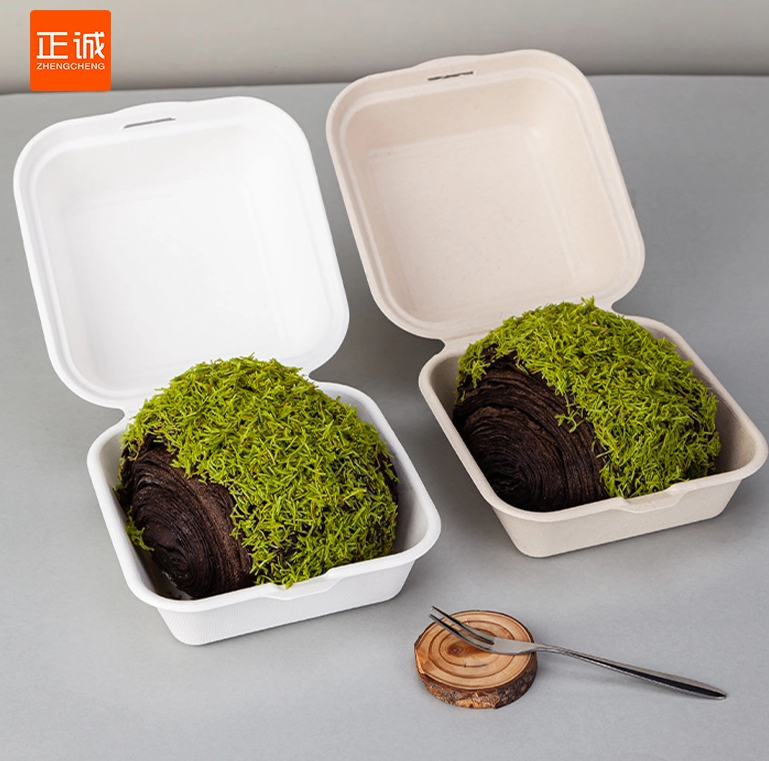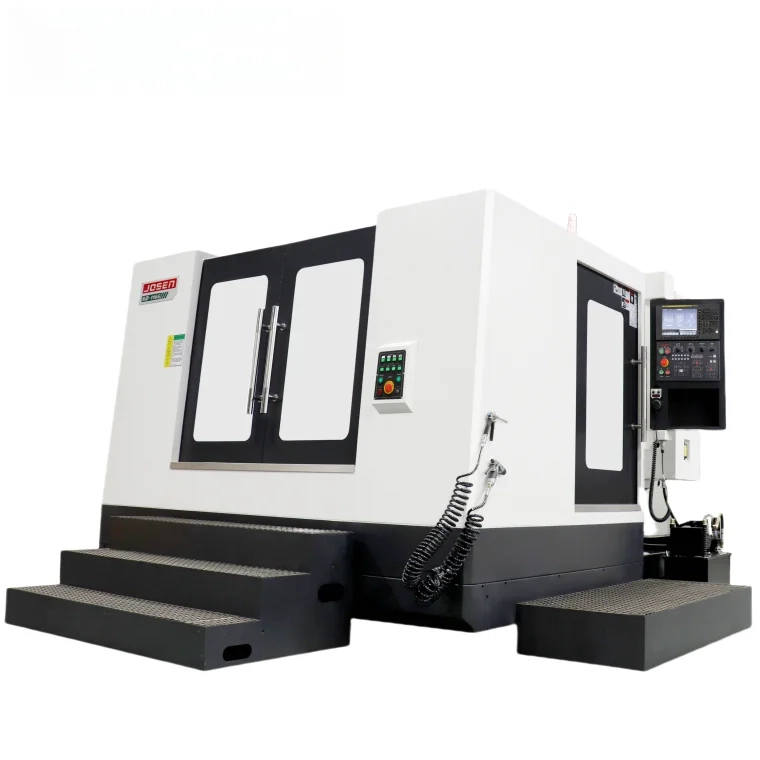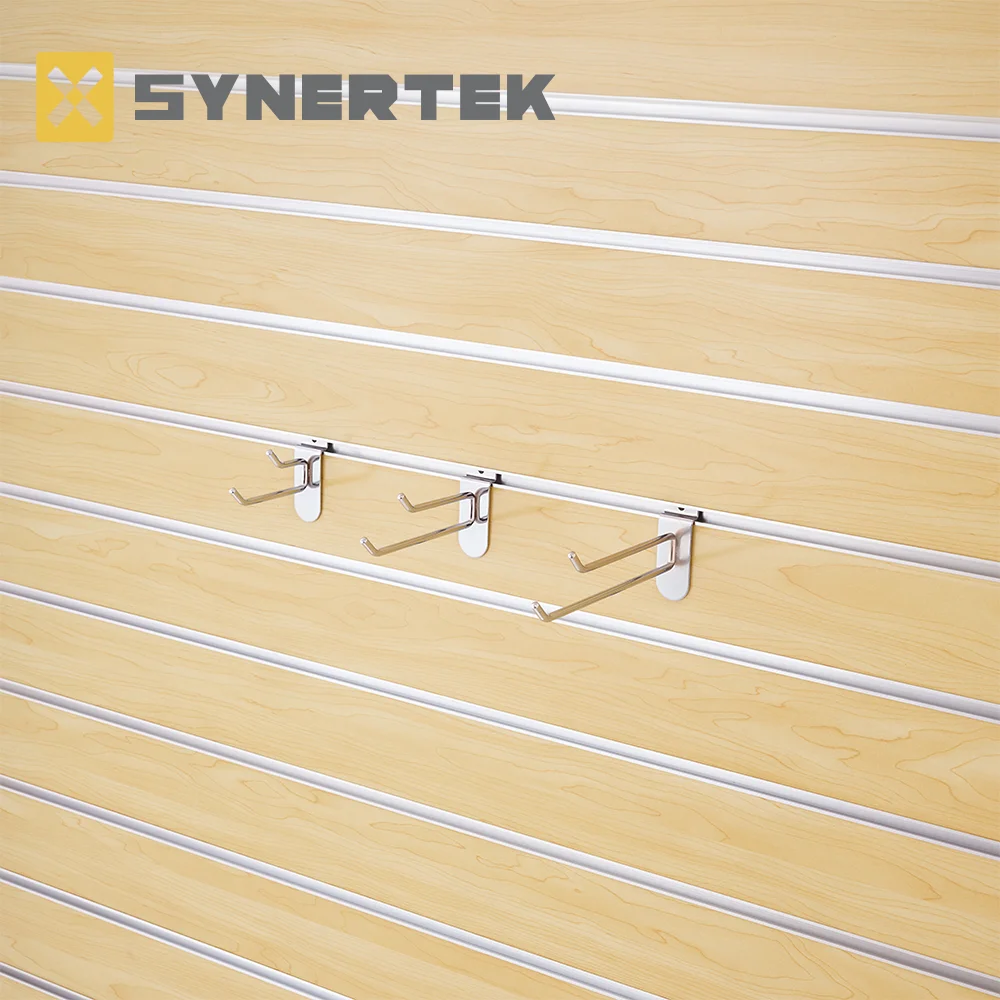When it comes to selecting materials for furniture, cabinetry, and various construction projects, two popular options often come to mind: melamine and plywood. Both materials have their unique advantages and applications, but a common question arises among consumers and professionals alike: which is cheaper, melamine or plywood? This article delves into the cost factors, benefits, and considerations of both materials to help you make an informed decision.
Understanding Melamine and Plywood
Melamine is a synthetic resin used to create a durable surface on particleboard or MDF (medium-density fiberboard). It is often chosen for its affordability, ease of maintenance, and wide range of colors and finishes. Melamine surfaces are resistant to scratches and stains, making them a popular choice for kitchen cabinets and furniture.
Plywood, on the other hand, is a natural wood product made by gluing together thin layers of wood veneer. It is known for its strength, durability, and versatility. Plywood can be used in a variety of applications, from structural components in construction to decorative furniture pieces. Its natural wood grain provides an aesthetic appeal that melamine cannot replicate.
Cost Comparison: Melamine vs. Plywood
When evaluating the cost of melamine and plywood, several factors come into play:
- Material Costs:
- Melamine: Generally, melamine is less expensive than plywood. The cost of melamine boards can range from $15 to $40 per sheet, depending on the thickness and finish. The affordability of melamine makes it an attractive option for budget-conscious projects.
- Plywood: The price of plywood varies significantly based on the type of wood used, thickness, and grade. Standard plywood sheets can range from $30 to $100 or more. High-quality hardwood plywood can be particularly expensive, reflecting its superior durability and aesthetic qualities.
- Installation Costs:
- Melamine: The installation of melamine is often simpler and quicker, which can reduce labor costs. Its lightweight nature makes it easier to handle, and it can be cut and shaped with standard tools.
- Plywood: While plywood may require more skilled labor for installation, especially for intricate designs or structural applications, it can provide a more robust end product. However, this may lead to higher overall costs when factoring in labor.
- Long-Term Value:
- Melamine: While melamine is cheaper upfront, it may not offer the same longevity as plywood. Over time, melamine surfaces can chip or delaminate, especially in high-moisture environments. This could lead to additional costs for repairs or replacements.
- Plywood: Plywood, particularly high-grade varieties, tends to have a longer lifespan and can withstand wear and tear better than melamine. This durability can translate into cost savings over time, as fewer replacements or repairs are needed.
Additional Considerations
When deciding between melamine and plywood, it’s essential to consider not just the initial costs but also the intended use and environment:
- Aesthetic Preferences: If the visual appeal of natural wood is a priority, plywood is the clear winner. Melamine offers a wide range of colors and finishes, but it lacks the warmth and character of real wood.
- Environmental Impact: Plywood is often viewed as a more sustainable option, especially if sourced from responsibly managed forests. Melamine, being a synthetic product, may have a larger environmental footprint due to the chemicals involved in its production.
- Maintenance: Melamine surfaces are easier to clean and maintain, making them suitable for high-traffic areas like kitchens. Plywood, while durable, may require more care to preserve its appearance over time.
Conclusion
In conclusion, while melamine is generally cheaper than plywood in terms of initial material costs, the decision should not be based solely on price. Factors such as installation costs, long-term value, aesthetic preferences, and environmental impact play crucial roles in determining the best choice for your project. For budget-conscious consumers looking for short-term solutions, melamine may be the way to go. However, for those seeking durability, aesthetic appeal, and long-term value, investing in plywood could prove to be the wiser choice. Ultimately, understanding the nuances of each material will empower you to make a decision that aligns with your specific needs and budget.






+ There are no comments
Add yours